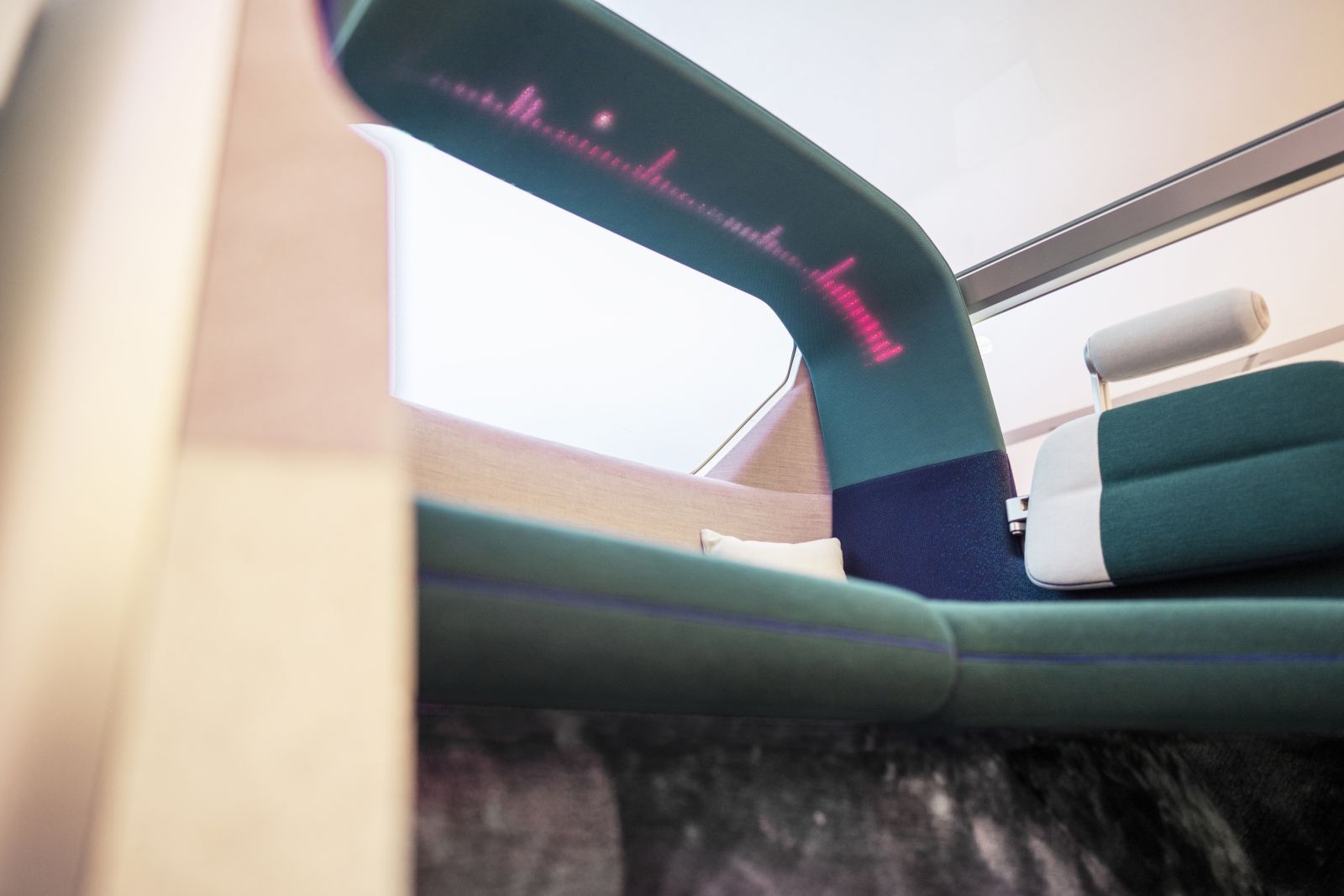
Vanessa Chang from our Designworks Shanghai studio recently gave a speech centered on rethinking the use of screens and displays at the Display Innovation China (DIC) 2021. Here is a summary and key insights from her presentation.
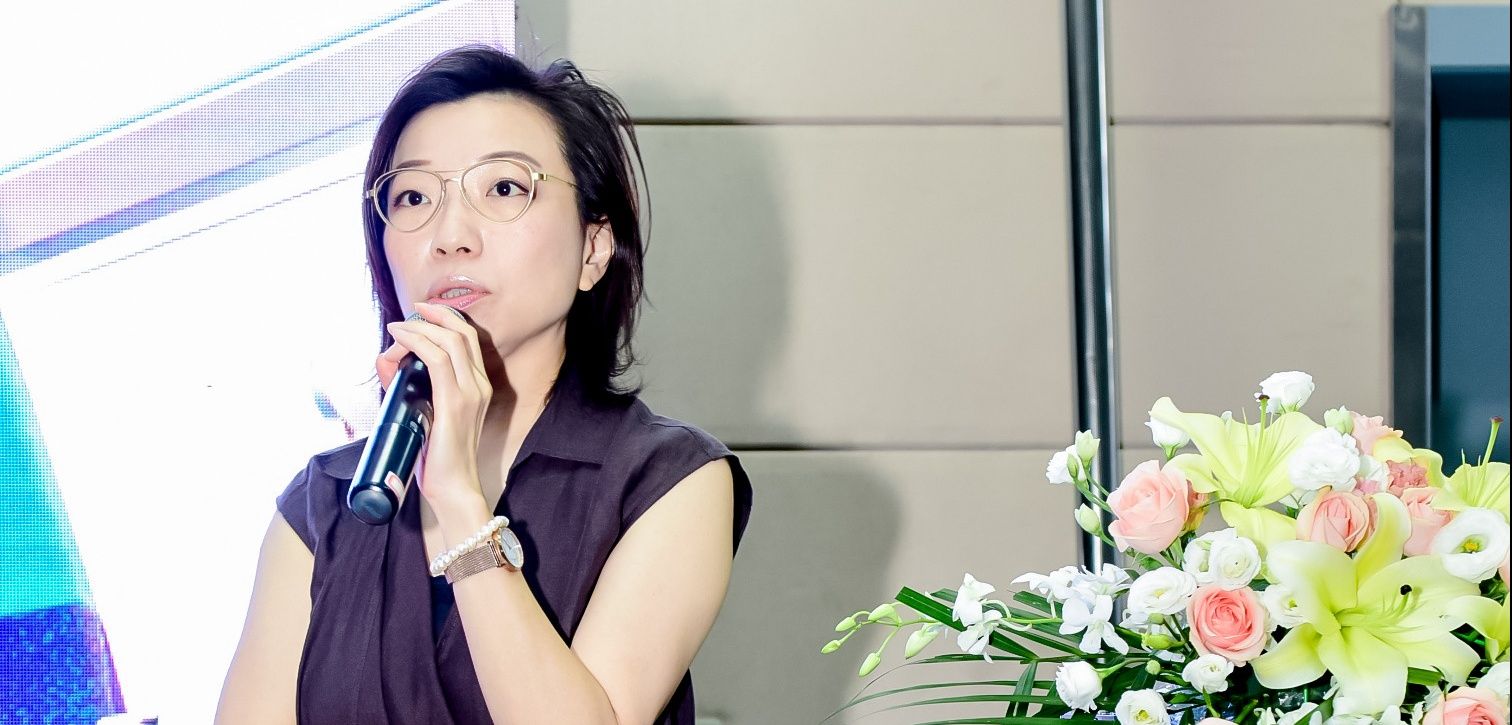
Vanessa Chang, Director, Shanghai Studio—giving a keynote presentation at the Digital Interfaces Conference 2021.
Just like our cars, which have seen massive shifts from gasoline-centric vehicles to intelligent driving, the display screen has undergone revolutionary changes. Up to this point, screens have been comprised of framed glass that display content, and have been controlled by hand-operated remotes. However, now we have reached a place where technology is rising to meet the complexity and nuance of human needs, rendering the traditional framework of understanding a thing of the past.
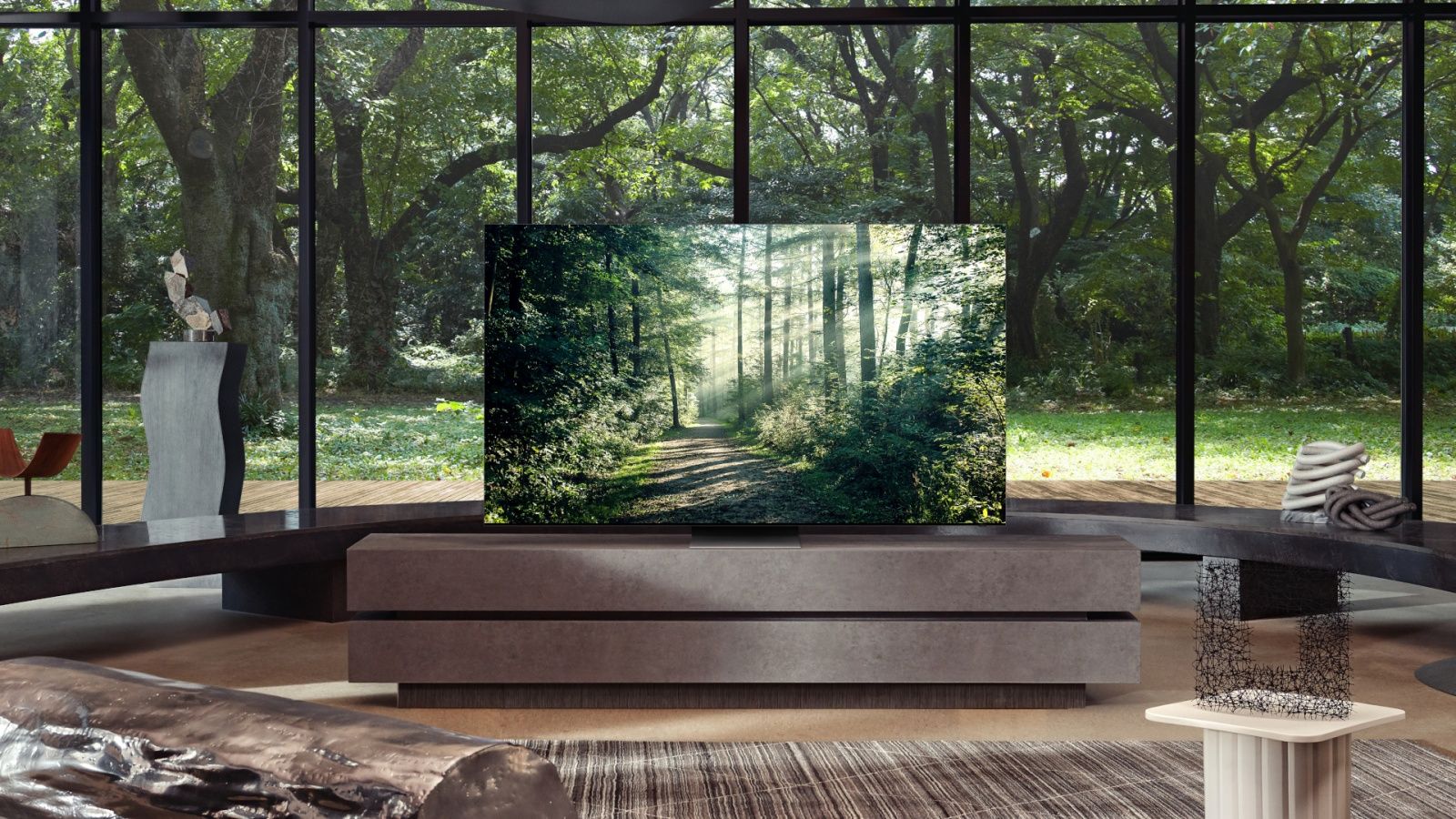
The Samsung Neo QLED features a borderless, "infinity" screen that enables greater versatility of use.
The commonly held ideal concerning displays was once, the bigger the screen, the better. However at this year’s Consumer Electronic Show (2021), Samsung released a TV—the Samsung Neo QLED—that subverted commonly held expectations by prioritizing versatility over size. The screen itself is borderless, can be hidden in a wall, and doubles as an art display.
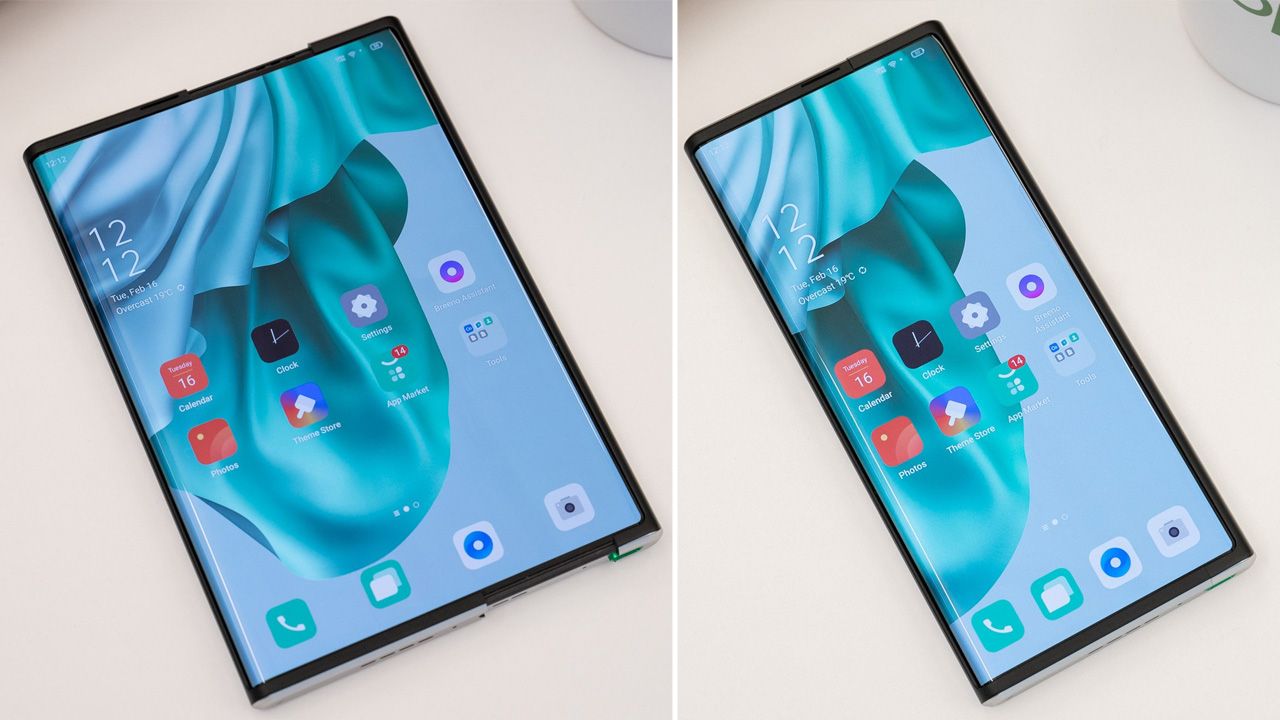
OPPO X 2021. A rollable concept handset that extends and retracts smoothly with no hard folding involved.
Another example of a screen experience designed to accommodate varying user needs is the new extendable smartphone concept by the smart device manufacturer, Oppo. Oppo X 2021 is a “rollable concept handset” that features a scroll-like display and is built with an OLED flexible screen that can measure as small as 6.7 inches and as large as 7.4 inches, thanks to its dynamic sliding frame. The idea of an adjustable screen size allows the user to define their experience, including the literal boundaries of the phone based on the display needs at any given moment.
So, from our perspective as the BMW group’s design innovator, what can these revolutionary trends tell us about what passengers will need in terms of information display inside future vehicles? We know that the display screen currently occupies a critical position within the vehicle interior, serving as the main hub for information. However, what if it could extend beyond this traditional function, increase its versatility and actually transmit information from interior to exterior, while doing it more intuitively? If the screen is regarded as a more embedded piece of the vehicle, what kind of improved communication function could it provide?
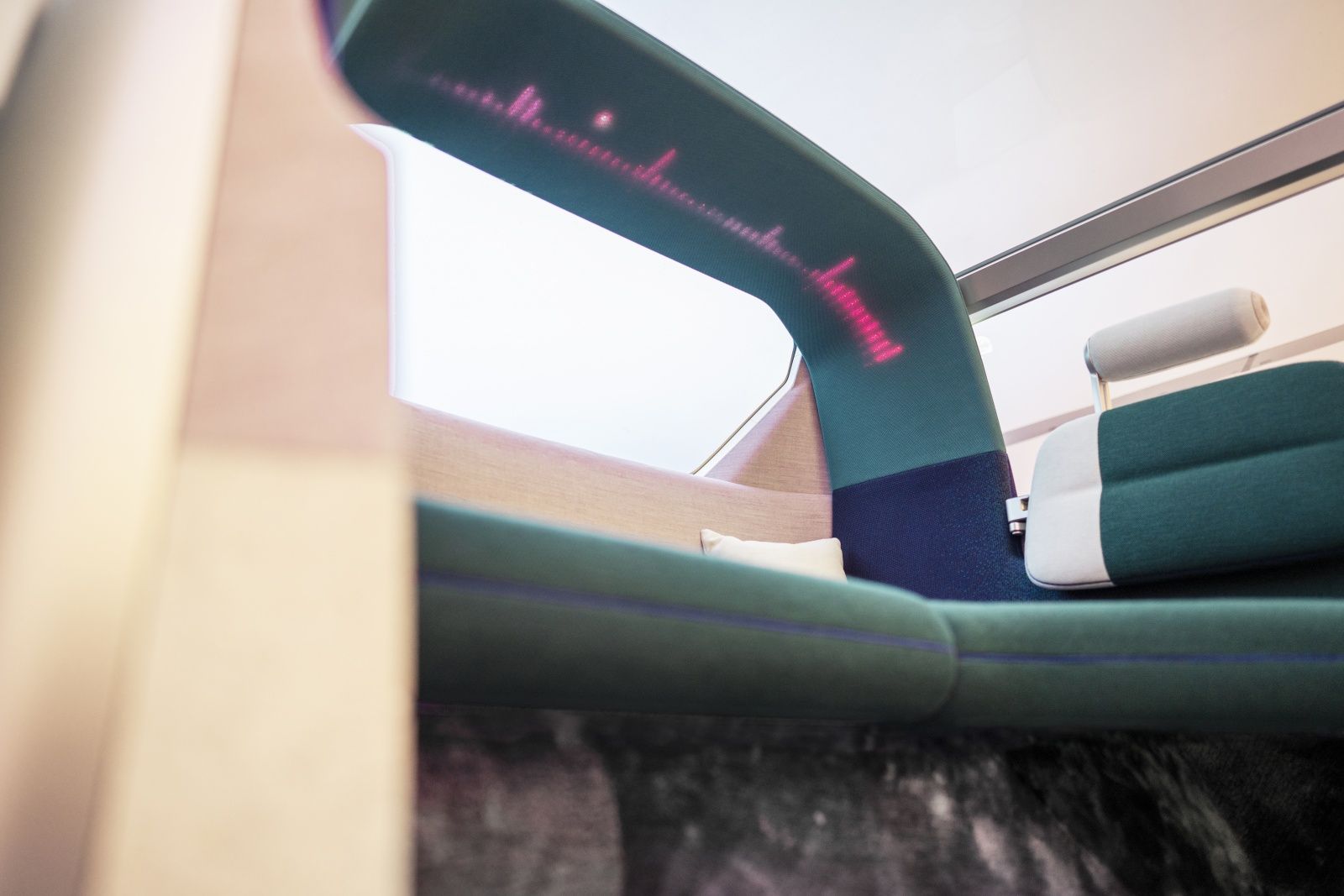
Interior view of the MINI Vision Urbanaut. A digital display layer exists below the analogue surface. Here you can see LED matrixes in the interior under a layer of textile in the rear of the car. These areas of the vehicle bring together the analogue and digital worlds into a new and immersive experience.
At the Shanghai Autoshow this year, we saw screens that could change height, size and proportion, which to us, indicates that the existence of the screen is not only to push information at you, but to produce the most seamless integration within the interior. A radical example of this integration is an interior concept just released by MINI, that includes a display covered in fabric. The aim is to allow the user to enjoy the technology, while also immersing in the warm texture and comfortable vehicle experience. This kind of integration allows the display to carry information, while also becoming a more intuitive, immersive and experiential part of the interior design for the user.
For us, when considering the all aspects of how a display screen is designed within a vehicle, the most important consideration is the user experience—the human experience.
Below are key considerations when designing future vehicle display experiences.

BMW iDrive 2021. The user-centric future of the display and operating system.
Ease of operation.
No matter how large the screen is, the most important factor is the ability to easily operate it. It must be accessible and the ergonomics must be understandable. Knowing this, how can we increase ease of use while removing unnecessary information layers? A key takeaway from gesture control, is that different users have different ergonomic needs. This insight allows us to create a more adaptable experience, where displays appear in the most suitable position for each user, rather than a one-size fits all display location. In this case, the ultimate goal is efficiency to ensure driver safety. Adaptable displays have the potential to create the simplest way to understand needed information quickly and without disruption.

The MINI Token is the centerpiece of the MINI Vision Urbanaut’s experience worlds. It is roughly the same size as a worry stone and activates the three preconfigured MINI moments when placed in purpose-designed slots in the table at the center of the car. The MINI Token can also be programmed to provide personalized experiences, in which the user can configure their own preferred scenario of fragrance, ambient lighting, music, etc. and call it up directly at a later time.
The materialization of virtual preferences.
In addition to mobile phones, we are increasingly using wearable devices. This provides an opportunity for more direct connections between cross-product categories, enabling an experience where a physical environment—or the interior of one’s car—could be transformed based on digitally stored preferences. For example, MINI announced its “MINI Token” concept that will transform a variety of interior factors within the vehicle, such as the seat, settings, lighting, smell as well as screens—ultimately allowing a greater connection between user preferences and the vehicle. This effectively removes the need to swipe three layers on the screen to find the right user setting. It is very simple—a physical key setting communicates with the vehicle for a personalized user experience in every setting.
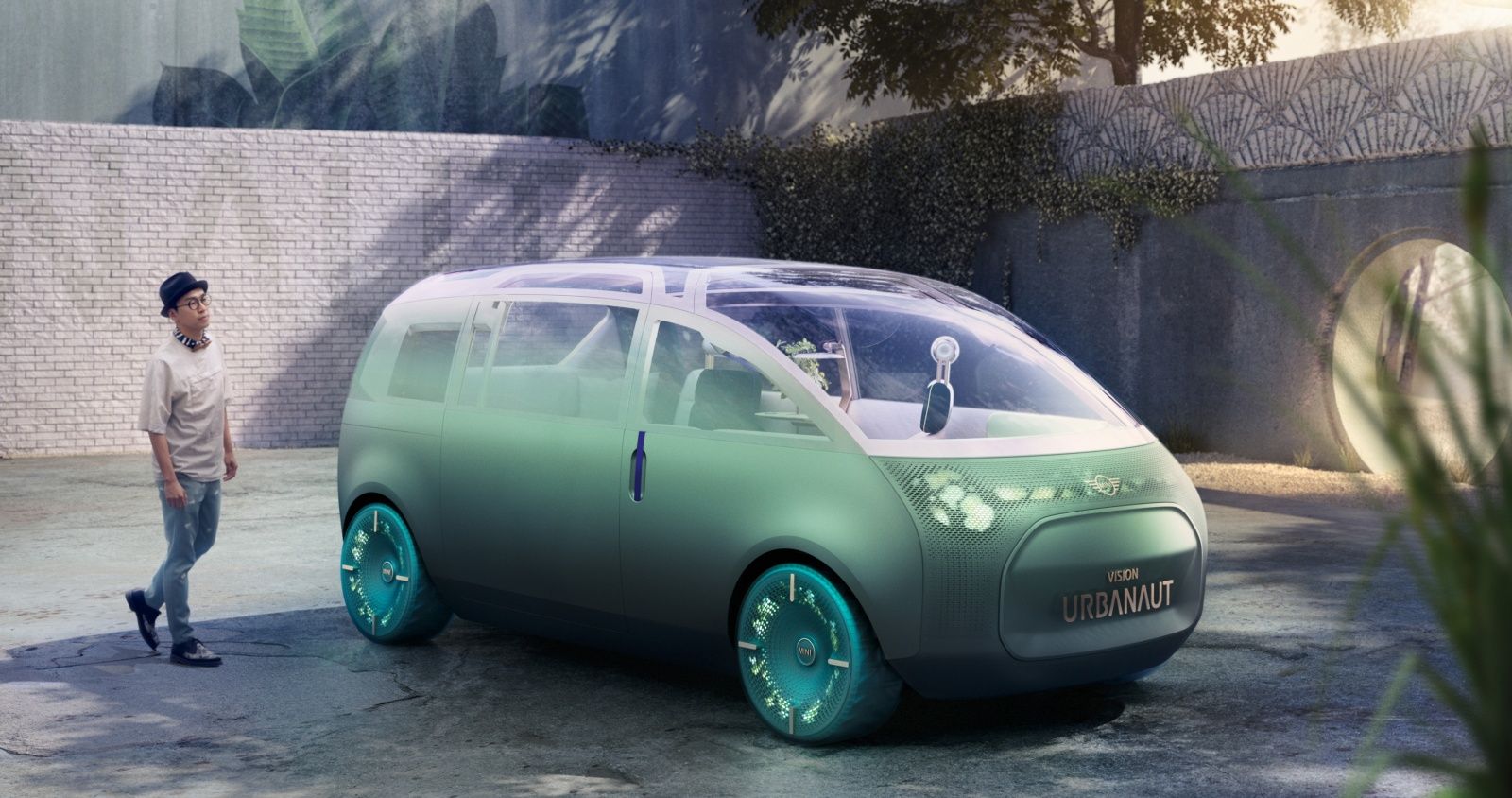
Exterior view of the MINI Vision Urbanaut concept vehicle. Here, the car displays exterior lighting that welcomes the approaching driver.
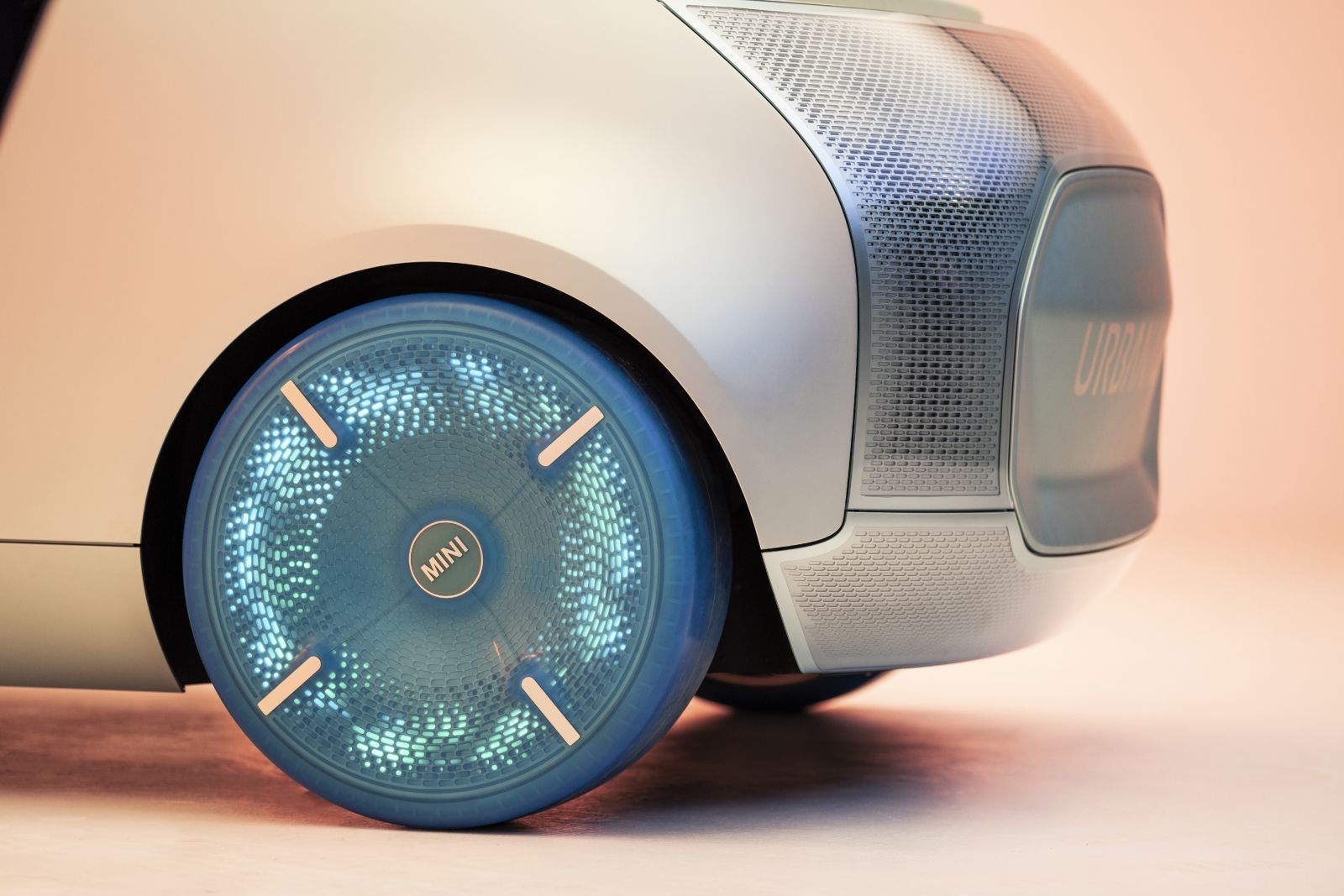
A more consistent, human experience.
In making displays more intuitive and less complicated, users will have more time to feel the experience the brand is working to convey. BMW iDrive recently announced the aim to create a more holistic relationship between the user and the car that is not just about sitting in the car, but also about the experience of approaching it in different settings. The goal is to make the relationship between the user and the vehicle more human—more of a living presence that is always prepared for you, and that communicates this using external displays such as lights and future digital displays on the “kidneys.” Currently, most of this information is displayed on the screen on the center dash, but there is ample opportunity for the exterior to also become an effective medium for communication.

The BMW i Interaction EASE. Gesture control display assisting the passenger in making stopover choices on her ride.
User needs over brand needs.
When a brand understands your needs and does not excessively promote information you don’t need, this is a good user experience. The existence of a display screen should not be for the purpose of showing off technology. The display screen should exist to serve the needs of the user. The goal should be to empower the user while providing a sense of enjoyment and control—communicating that the car is intelligent, paying attention to your needs and cooperative at all times.


